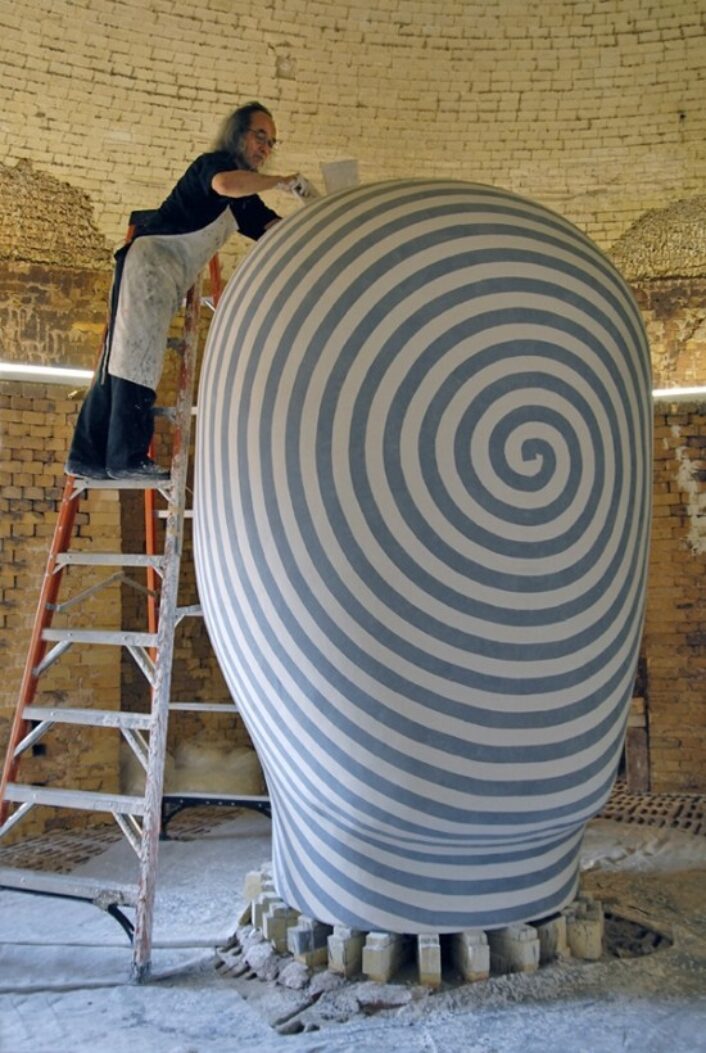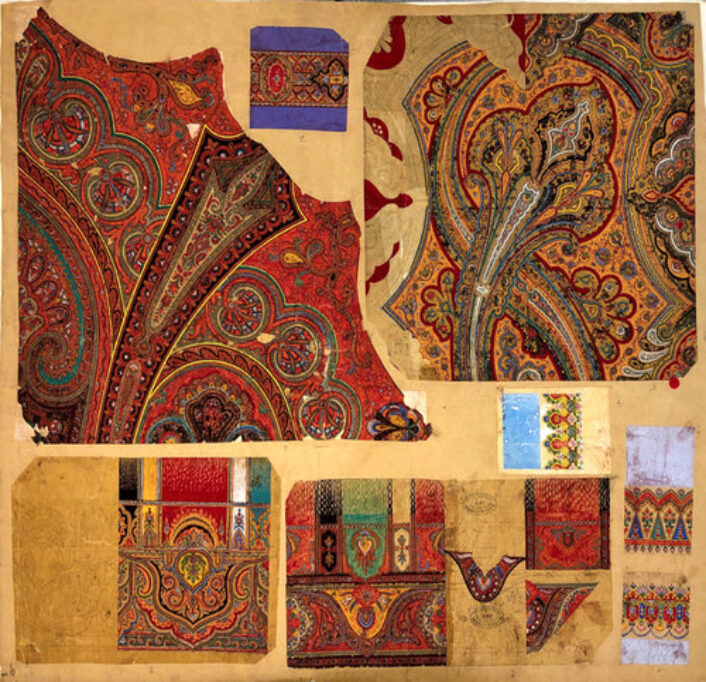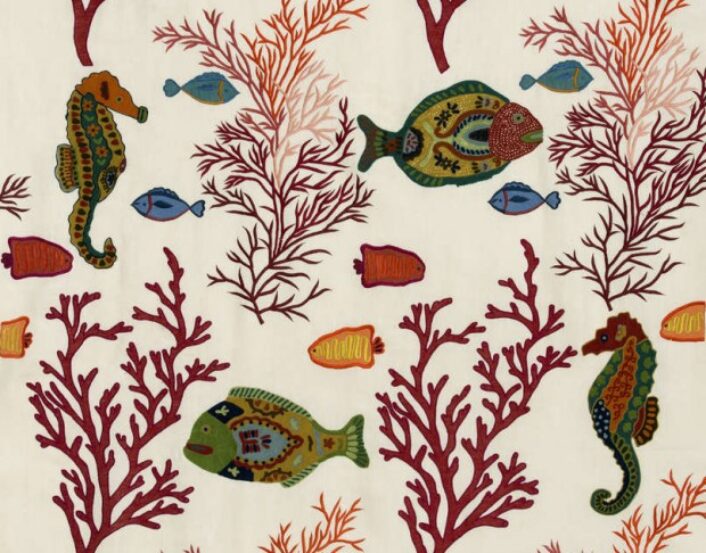Fine Art
Tina Lechner
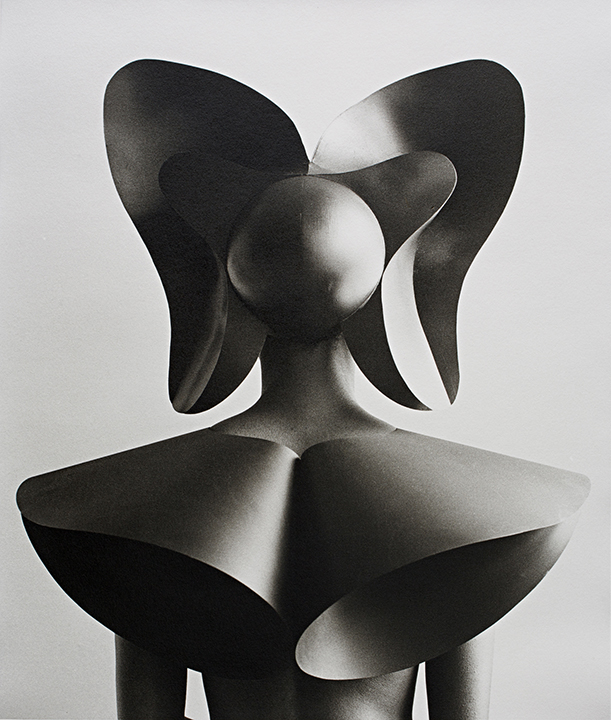
FW09, September 2015. Gelatine silver print, edition of 3.
Image courtesy of: Galerie Winter
The Viennese artist, Tina Lechner, uses her camera as an instrument in order to explore identity and depict subjectivity. Working with analog photography, Lechner’s photographs capture a strong surface, a decidedly unsettling reflection of humankind. There is a sort of science fiction aura to the figures, and an underlying construction of femininity.
In the haunting images, the woman’s face is rarely seen. Often, only a foot or a hand is visible, sometimes the back of the neck is seen. The analog work is a timeless juxtaposition of styles, techniques, and cultural references… that is what makes Lechner’s work so original and striking!
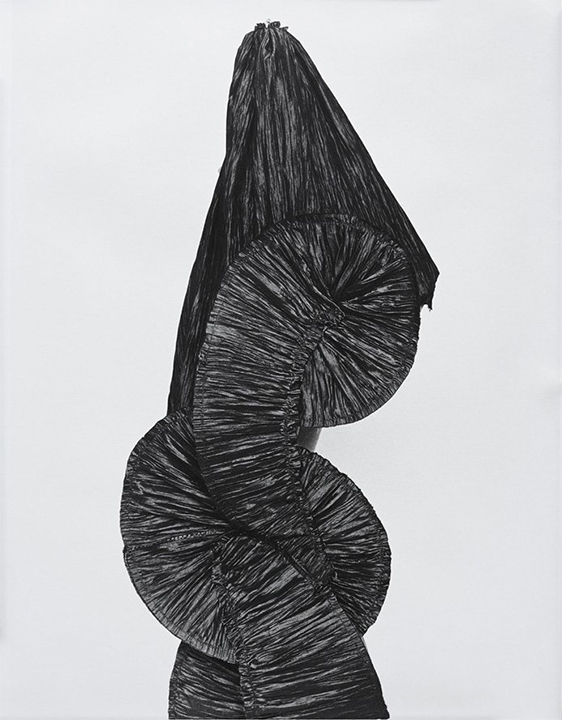
Lex, 2018. Gelatine silver print.
Image courtesy of: Galerie Winter
Tina Lechner alway softens her analog black-and-white photograph with the female body. The body serves as a projection surface all the while conceling, complementing, and distorting the form with geometric objects and costumes. The unique work is often a process that follows a photograph as it becomes a sculpture.
It is hard to distinguish between machine, artificial and natural… all recognizable features are gone. The process came about out of a desire to produce something of her own. Lechner, originally a graphic designer, was drawn to studying art. She applied to study photography at the Academy of Fine Arts in Vienna and was accepted to work under Matthias Herrmann and Martin Guttmann.
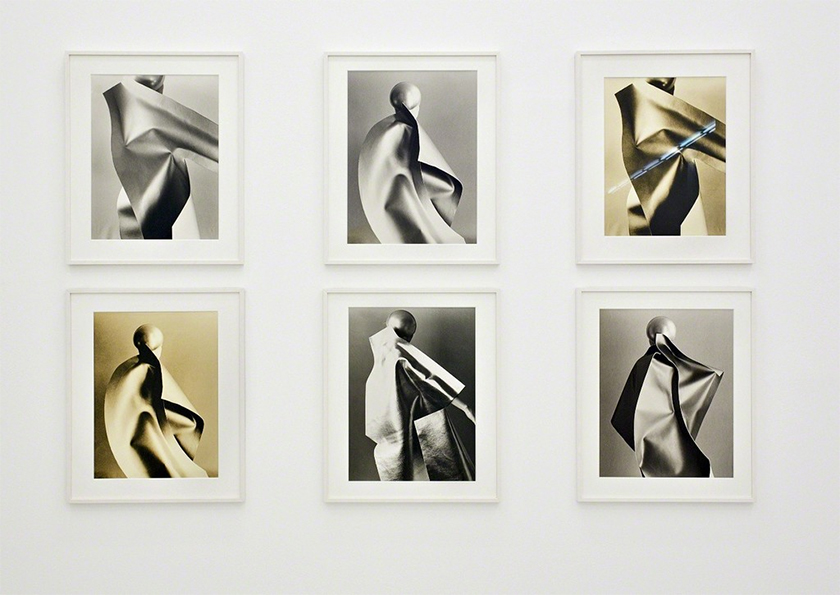
Exhibition view: Tina Lechner, Galerie Hubert Winter, Vienna, 2016
Image courtesy of: Artsy
Very quickly, Lechner realized that she wanted to work in analog black-and-white photography. The artist felt a fascination for the medium, especially the slow development process from the initial idea to the final print. These photographs can only be corrected in terms of tone values, brightness, and contrasts. Mistakes remain, blemishes remain… so decisions need to be made before beginning and the process becomes very focused.
Lechner also experimented with solarization and pseudo-solarization (second exposure of the positive or negative resulting in a partial reversal of tone values). As a result, the technique can not be controlled and the results are not able to be replicated. Thus, the photography technique becomes secondary; less time is spent in the darkroom and more time is spend on designing.
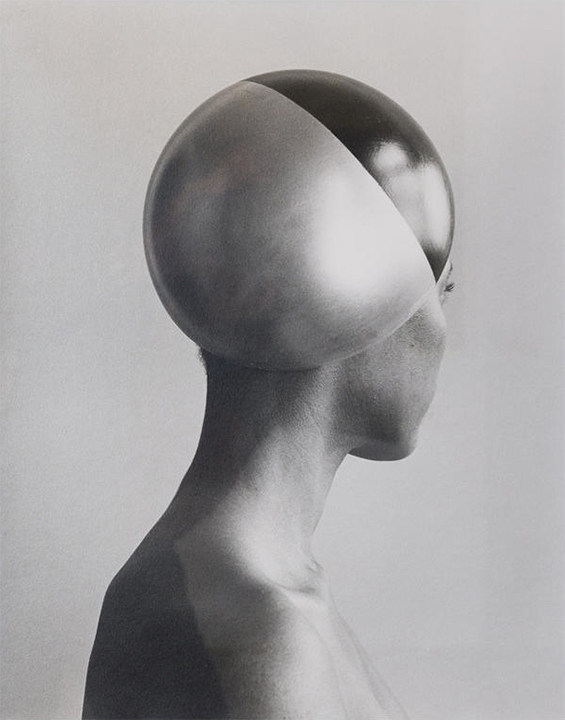
Ohne Titel [Untitled], Gelatin silver print, Kollitsch collection
Image courtesy of: Kunsthaus: Kollitsch
Lechner uses photography so that her objects are visible to the viewer… it is the most effective way with which to realize her ideas. It all starts with a sketch and from there, her plans develops. The drawings are what the model costumes and photographs are based upon.
Lechner’s first objects were made exclusively from paper and cardboard. Then, synthetic materials were used; they are still a big part of her work. Currently, the artist uses a variety of materials, adding new ones constantly. She says, “What is important in the process is the sense of pleasure in beauty, the materials themselves, their surfaces, their alignment and especially their forms.” She stresses that there is a clear idea of how the photographer needs to produce, but how to get to that point is not a set process. The work develops as though it is several acts in a theatrical production. First, the idea in a sketch and eventually, a final product… the photograph.
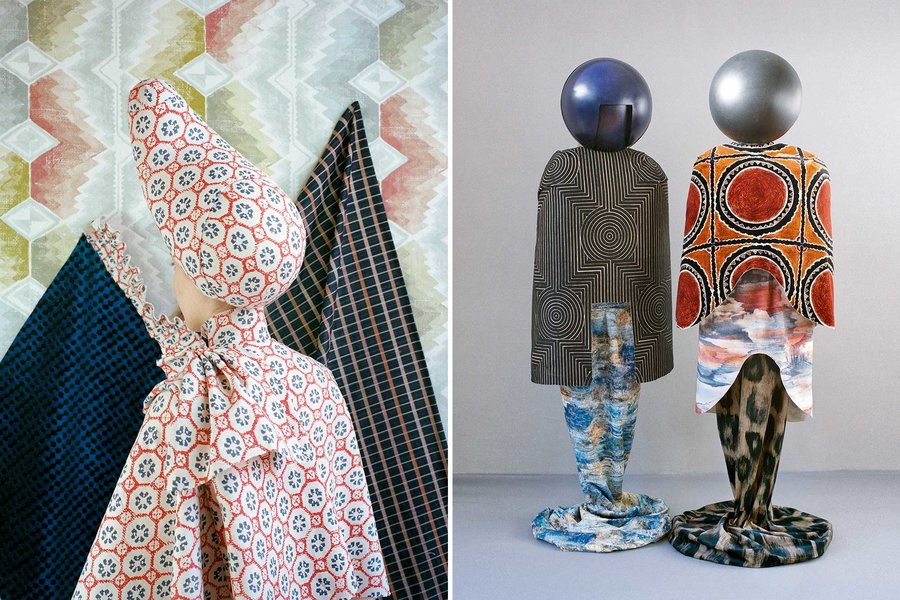
Some of Lechner’s costumes and figures.
Image courtesy of: Departures
It is interesting that Lechner never shows the face… the reason for that is because she says that it is not important for her to show identities. She is more interested in the “play of surfaces, the sensuous organ that is the skin, as well as the surfaces of my objects and their clear alignment.”
About her models, she says, “The body is a temple, a battlefield, a temporal shell, something to show and to hide at the same time. My objects are shields, armor, prostheses that are beautiful and can become an ulcer at the same time.”
